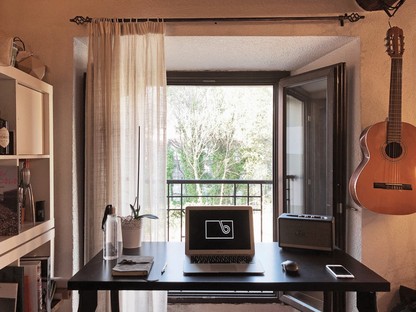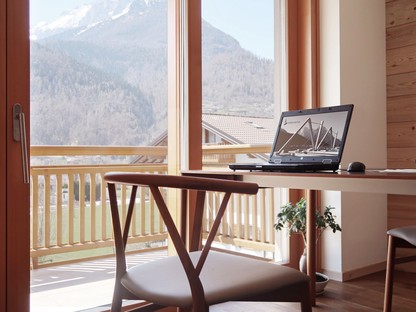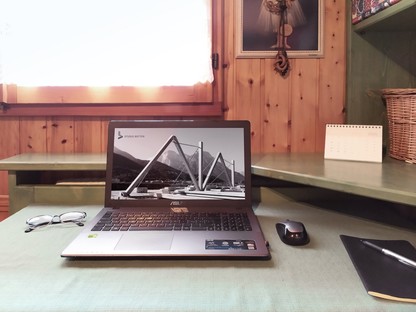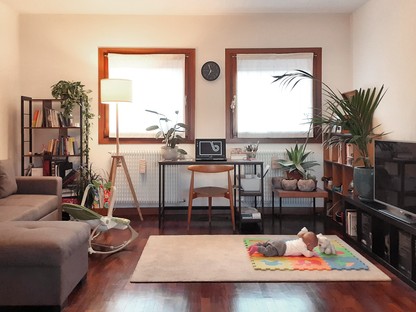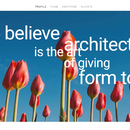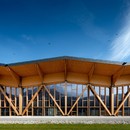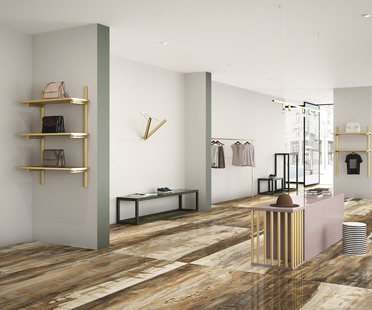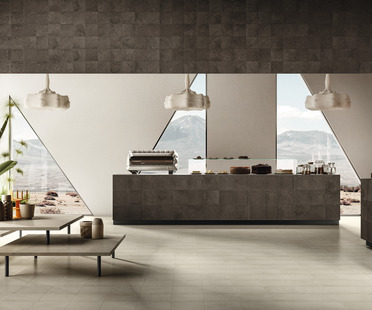11-05-2020
Architecture, the pandemic and the future of design: Studio Bressan-Botter
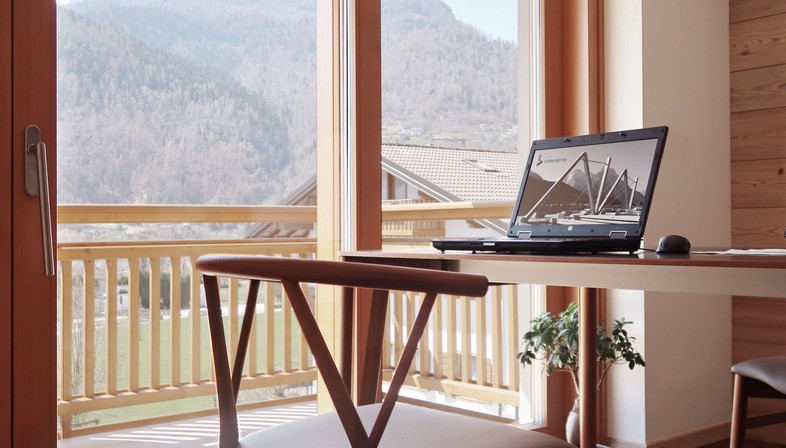
Studio Bressan-Botter: Andrea Botter & Emanuele Bressan
1. How did your firm handle the lockdown?
Even before the executive decree imposing the regulations for the prevention of contagion, both our offices were organised to allow people to work from home. They both already had experience with remote working, and we have used today’s information systems to extend this to our employees’ home offices.
We have come up against plenty of difficulties, though, and we do hope the situation will return to normal as soon as possible.
What worries us the most is the uncertainty about when we will be able to reopen.
We are optimistic, however, and we’re taking advantage of this necessary shutdown to reorganise and improve our work, spending our time on new creative research now that our phones are not constantly ringing.
2. What new forms of work are you experimenting with and how about the results?
The intensity of our ordinary work is considerably lower because all the construction sites and administrative offices have shut down.
We’re taking advantage of this time to conduct new research and look into new projects which stimulate our creativity (such as designing objects or projects for our own homes and offices). Unlike the usual dynamics of our work, with very strict deadlines, we can now take the time to design something for ourselves, working on our own cultural and compositional studies so that we will be able to supply an even better service once things get going again. We need to reinvent ourselves, and we’re taking advantage of this time to reorganise our offices.
3. How do you think this experience will affect the future management of an architectural practice?
The experimentation and co-existence with new forms of remote working that we are having to use at this time have allowed us to discover the potential and the limitations of this way of working. If properly organised and supported by appropriate information technology tools, it can become a way of working that we will be able to use more and more often.
We hope that these forms of remote work will also bring a reduction in the biblical time scale of red tape in this country.
In any case, an architect is a craftsperson. Relationship with place and context, dialogue with workers on the construction site, and the tactile, olfactory and spatial qualities of materials are interactions the architect cannot do without.










